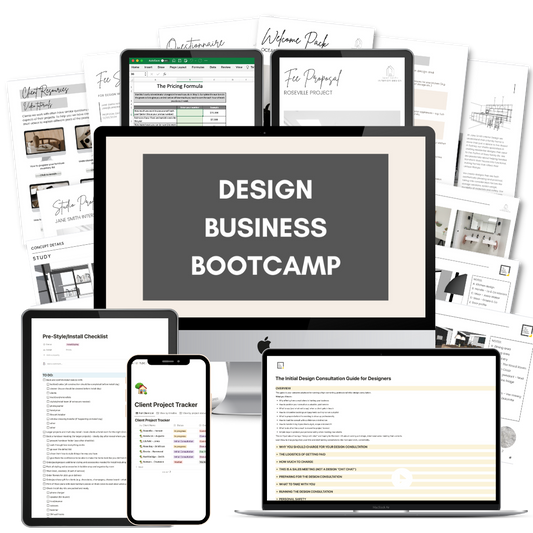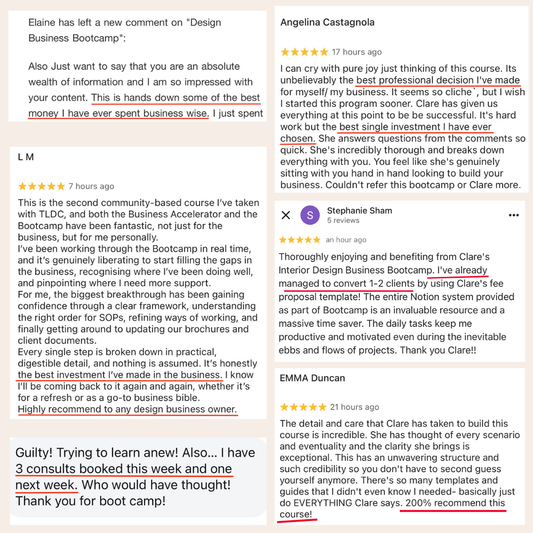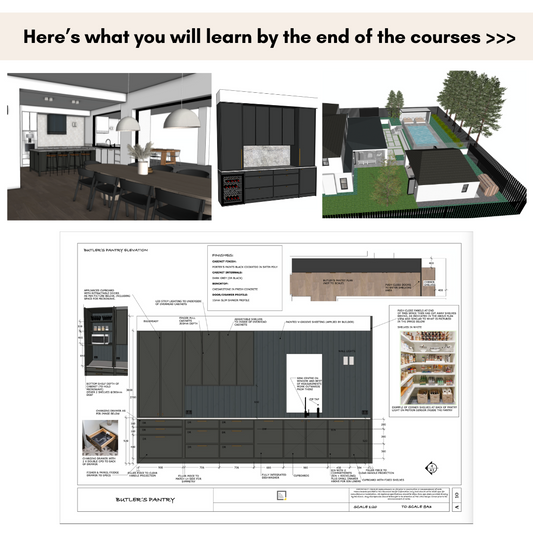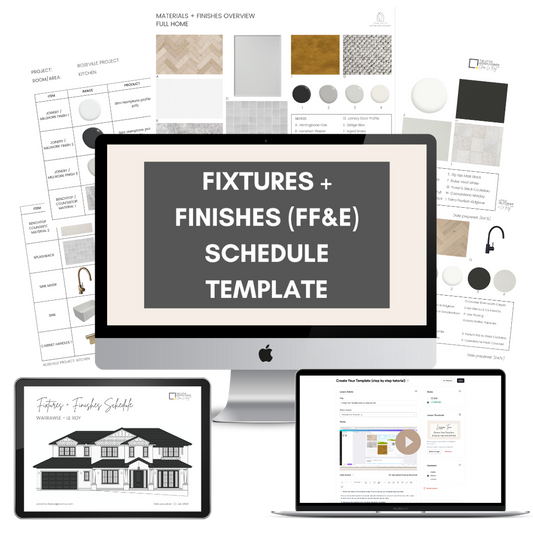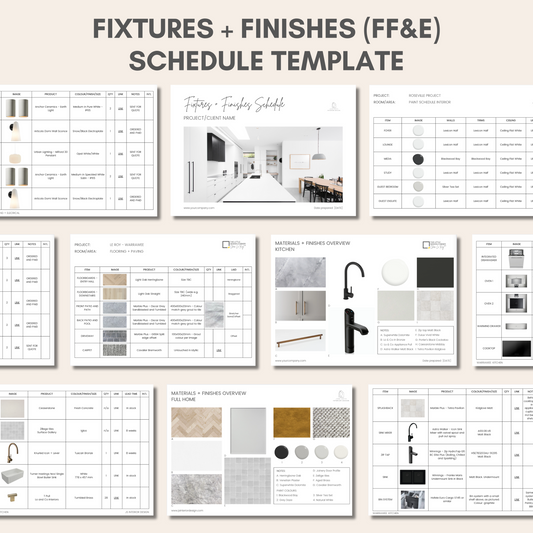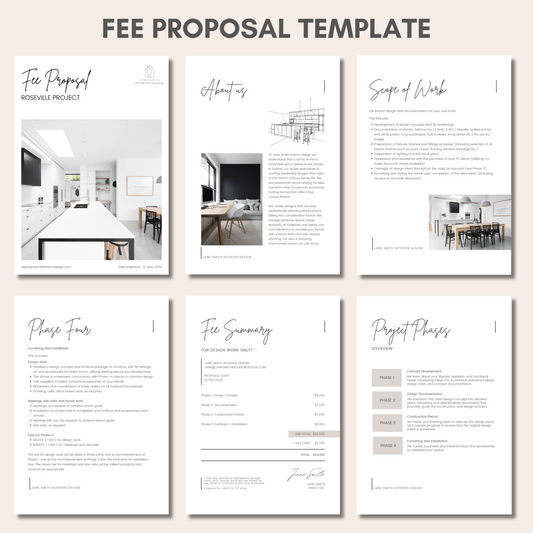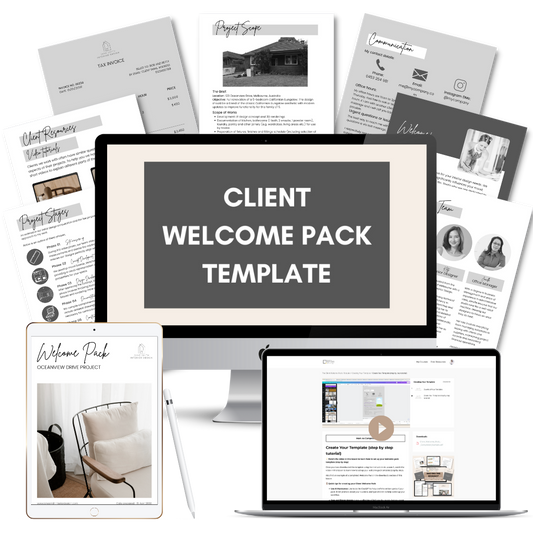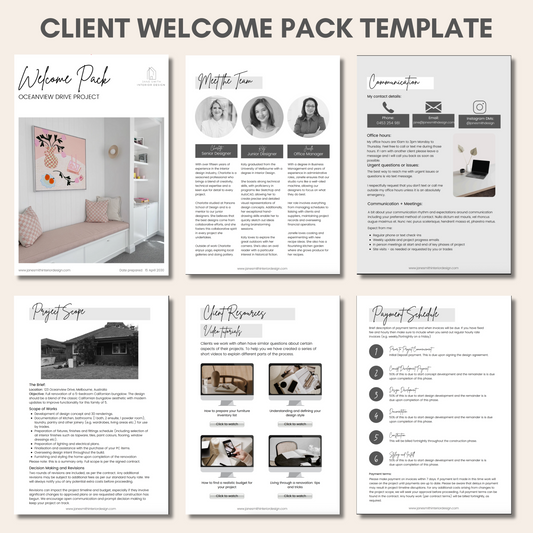Hiring a bloated team of under utilised staff is the fastest way to kill your design business.
The moment you hire, you take on a fixed cost base that doesn’t care whether you’ve got work or not. Salaries, super, rent, insurances, software all need to be paid month after month, whether projects are flowing in or not.
Before you’ve even opened your laptop for the month, you already have to find $20K to $25K just to cover expenses. That’s why so many studio owners end up stressed, saying yes to bad fit clients and still find themselves broke.
They’ve built a business that looks successful from the outside (an office, a “team,” some projects on the board) but the owner is taking home less than they did freelancing.
Let’s break down why this happens and compare two approaches.
Context
Let's compare two studios - A and B.
To make things easy, let’s assume both Studio A and Studio B charge $20K per project.
They deliver the same scope, but they run very different business models.
Their resourcing choices decide how much the owner actually takes home.
Studio A: Hires staff
The owner of Studio A starts to get busy so she hires two designers. She has to pay everyone else first, before she can pay herself. What is left over each month is what she can take home as her own income.
Fixed costs (must be paid every month)
-
Staff salaries: $90K + $75K = $165K/year = $13,750/month
-
30% on-costs (super, insurance, leave): $4,125/month
-
Office rent + outgoings: $3,500/month
-
Utilities, cleaning, insurances: $750/month
-
Seat costs (software, desk, equipment): $850 × 2 = $1,700/month
Total fixed monthly costs = $23,825
Capacity
At 70% capacity, the team can handle around 3 projects/month.
Profit (before tax) for owner
We are assuming each project fee is $20K
- 1 project/month = $20,000 revenue – $23,825 fixed costs = -$3,825 loss
- 3 projects/month = $60,000 revenue – $23,825 fixed costs = $36,175/month profit
But...
The owner of Studio A has the stress of bringing in constant projects so her fixed costs can be covered each month and so there is some profit to pay herself. No projects = seriously stressful!!!
Studio B: Outsources work
The owner of Studio B also starts to get busy but instead of hiring staff, she outsources time consuming parts of her work offshore (e.g. documentation drawings, renderings, SketchUp work). She only pays for work when a project comes in, which means no fixed payroll hanging over her head.
Variable costs (only paid if project comes in)
-
Offshore work: $3,000/project
-
Cost of goods sold (software, subscriptions, printing): $1,000/project
Total variable cost per project = $4,000
Capacity
The owner can still take on the same number of projects but because her costs are tied to projects she has no stress about covering payroll if things get quiet.
Profit (before tax) for owner
- 1 project = $20,000 revenue – $4,000 project costs = $16,000 profit
- 3 projects = $60,000 revenue – $12,000 project costs = $48,000 profit
Also...
The owner of Studio B can scale up or down with ease. If no projects come in, she has almost no costs. Her business is flexible, profitable and less stressful than trying to cover monthly fixed payroll and expenses.
What this shows
-
Studio A looks bigger but is fragile. A slow month means the owner pays out of her own pocket just to keep things running.
-
Studio B is lean, profitable every month and far less stressful for the owner.
This is why so many small studios feel “busy but broke.” They carry a bloated headcount too early and the fixed costs swallow the owner’s income.
Outsourcing ties costs to real work. It protects the owner’s lifestyle, keeps income safe and allows the business to scale only when the pipeline supports it.
The bigger lesson
Hiring too early is a trap many designers fall into, often because they think it looks “impressive.” But headcount should be the last lever you pull in a small design business, not the first.
Until your pipeline, pricing and systems are solid, avoid fixed costs. Build flexibility into your model, use outsourcing, co-working spaces and per-project expenses to keep overhead lean.
That way, if your pipeline slows, your costs slow too. But if your pipeline grows, your profits scale and you, as the owner, actually get to keep the margin and decide how much work you want to take on.


